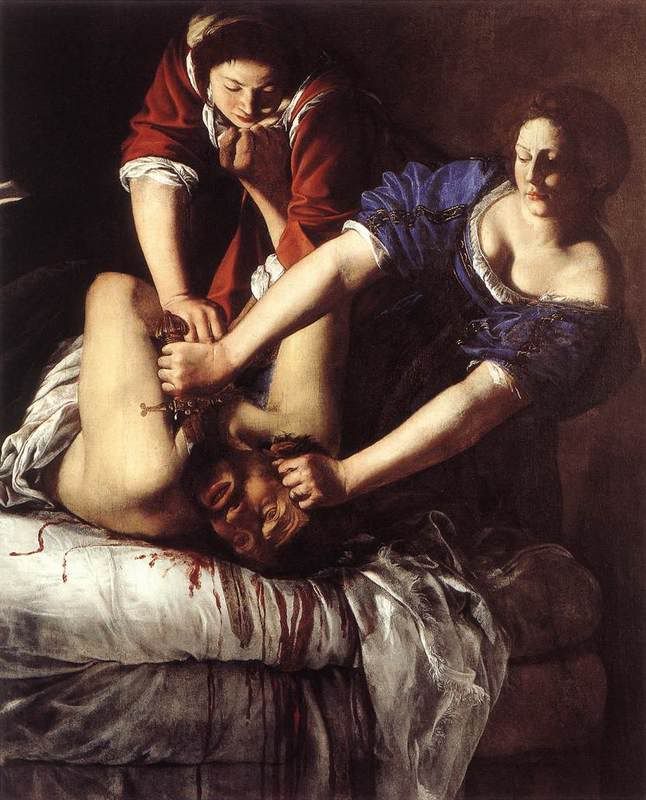Nevertheless, i enjoyed myself and even managed to visit a couple of landmarks, such as the St Sophia Sobor and the Myhailivskuj Sobor in front of it. These two remind a lot of the St Sophia Mosque and the Blue Mosque facing each other in Istanbul, although our Myhailivskuj Sobor was reconstructed in the 1930ies after war destructions - numerous and devastating for Kyiv in the last century. St Sophia was built soon after Kijivska Rus' decided to become christian, in the 11th century, and is one of the most famous churches in Ukraine. Sobor means cathedral, orthodox style, - actually St Sophia was built before the schism between catholics and orthodox churches, it is thus a church recognized by all, at least ukrainian, christians - although now it is rather a museum anyway (picture below).

Most impressive about St Sophia are the fresquos and mosaics remaining from the 11th century original interior decoration. Oranta, the symbol of Kyiv and faith for most Ukrainians, is the Saint Virgin, hanging on the rear wall of the church, behind the altar piece, in the position of prayer for all of the mankind. It is said that as long as Oranta stands in St Sophia, Kyiv will stand - and it has been for over 10 centuries so far! Symbol or not, it is as impressive when considered as a work of art. Made with over 2 million pieces of mosaic, it has over 40 shades of blue and 26 of gold. It changes its appearance, depending if you look at it from the first floor, from the alter, or from different galleries of the second floor. Mary with red cheeks and happy figure from near-by becomes a strong woman-tower from the balcony, overhanging and protecting all the bugs crawling below.

St Sophia is definitely worth a visit for a couple of minutes or half a day if you want to really get impregnated into this old atmosphere, the remains of incense and myrrh in the yellow air, and the quire songs that still hang over the balcony. Do not forget to look up at the archangels, painted by Vrybel (except the one in blue, the only remaining original mosaic one) on the top of the cupola in front of the Oranta. The fresquos are worth a glimpse - if you are attentive enough, you can find a representation of Knaz' Volodumur and his family on the walls, as they were during the church opening ceremony. And to know more, read Zagrebelnuj's 'Duvo', meaning miracle, a great story about how this Ukrainian author imagined the process of St Sophia's building.
Thanks to my dear friends who made me feel welcome in this otherwise alien to me city - Andrij, Ira and Olja.
And to finish this post - without further comments, the contrast picture about Kyiv and Ukraine in general:


